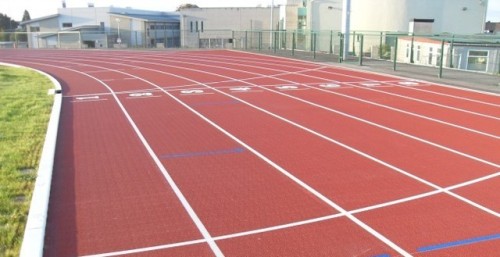Last week Chris Boardman, Walking and Cycling Commissioner for Greater Manchester, released his Made to Move strategy to make Greater Manchester a world class region for walking and cycling. The strategy calls for £1.5bn over the next decade to provide 700 miles of safe, high-quality bike lanes alongside significant improvements to the walking environment.
We have been working closely with Chris and his team, through Bike Life, to share our data and therefore give him the public mandate he requires to think big and be ambitious. Bike Life in 2017 found that 69% of people living in Greater Manchester thought their region would be a better place to live and work if more people cycled, and 76% would like to see more money spent on cycling.
The level of ambition for investment in Made to Move has never been seen before in the UK, especially at a regional level – with the words ‘cycling and walking’ placed next to the word ‘billions’ as opposed to merely ‘millions’.
The proposed £1.5bn over 10 years translates to approximately £53 per head (ph) each year (not accounting for population growth). To put this figure into context, consider that London, currently the highest investing city is spending £17ph and Scotland is doubling funding to around £15ph from 2018. Many other cities and regions struggle to reach even £5-10ph, with funding in many English cities about to decline even further.
The level of funding Chris is talking about has the potential to transform Greater Manchester into a world leading city for walking and cycling. Greater Manchester Mayor Andy Burnham has publically backed the strategy and is already seeking to create a challenge fund for walking and cycling of around £50m each year from 2019 to 2021.
With this scale of ambition, the big question is, is it a pipedream, or is this figure achievable and a wise investment for Greater Manchester’s future?
Firstly, does the money exist?
Whilst funding for walking and cycling has been reducing in many areas of the UK, the level of investment going into infrastructure for transport has not. For example, in England, the Road Investment Strategy (RIS 1) allocates £15bn into widening, extending and improving England’s strategic road network.
RIS 2, currently being consulted on, is likely to increase this figure even further. On rail HS2’s first phase from London to Birmingham is set to currently cost £48bn, a cost of £403m per mile of track, putting it as the most expensive railway ever build in the world. Funding clearly exists although little of it is currently reaching local transport including cycling and walking.
Secondly, is it a wise investment?
Cities are limited by space, meaning we cannot build our way out of congestion. Cars are an inefficient use of the urban space and evidence demonstrates more people walking, cycling or using public transport is the most efficient way to keep our cities moving. Investment in walking and cycling in Greater Manchester will support this.
This is especially the case for cycling which currently has an untapped potential and suits the scale of most cities in the UK.
Cycling can help our streets transport up to five times more people than if these journeys were taken by car. In Greater Manchester 74% of journeys between two and five km in length are made by car, a distance most people could cycle in less than 20 minutes if our streets were safe enough to do so.
Therefore investing in cycling and walking makes perfect sense. According to the DfT investing £1.5bn in walking and cycling will give a public return of at least £8.3bn for Greater Manchester.
This investment will also help to:
- reduce many of the 2,000 early deaths in the region associated with air pollution,
- increase physical activity and associated health benefits amongst the 50% of residents in Greater Manchester who are currently physically inactive, and
- create a safer walking and cycling network - currently 600 people are killed or seriously injured on the region’s roads.
Bike Life in 2017 showed people in Greater Manchester and cities across the UK understand that more cars equals more traffic and more congestion. Bike Life also showed that people living in cities understand the potential for walking and cycling to improve air quality and health and make our cities more attractive. They understand that investment in cycling is a good investment.
Scaling up ambition and investment for walking and cycling
If local and national governments in the UK follow the evidence, there are multiple clear and compelling arguments to scale up investment in walking and cycling. Instead we largely continue to fund more roads that will choke our cities even further with little benefit for anyone.
Organisations working to improve walking and cycling shouldn’t be afraid to be ambitious. We shouldn’t be afraid to call for investment for walking and cycling in terms of billions, even at a regional level. We know the funding is out there, we know the business case validates this, and most importantly we know the public support it.
Whilst it’s early days it’s exciting to see Greater Manchester stepping up a gear in ambition and daring to dream. This could, in time, provide a blueprint for all cities in the UK.
Read the blog: Chris Boardman can be confident that the people of Greater Manchester support his plan
Explore the findings of Bike Life Greater Manchester
from Blog https://www.sustrans.org.uk/blog/daring-dream-making-greater-manchester-walking-and-cycling-region
via IFTTT
source https://runningtrackcontractors.tumblr.com/post/168783889750


























